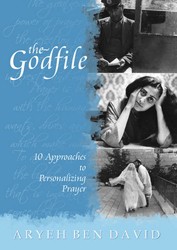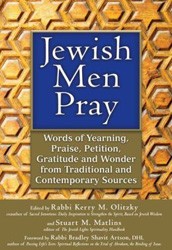Jeremy Schonfield, the son and grandson of famous London rabbis, has noticed a striking anomaly. A two thousand year history of close reading and intense exegesis has been the inheritance of the rabbinic tradition. The verses, words, and even letters of every Biblical phrase has been analyzed; the course of every legal argument of the Talmud has been dissected. Yet, despite the fact that significant portions of the Siddur are read by every observant Jew at least three times a day, there is almost no study performed on its pages. Determining the reason for this gap is the purpose of Undercurrents of Jewish Prayer, and the result is a captivating analysis.
Schonfield’s method is to introduce rabbinic critical technique to the relatively neglected text of the Siddur. Starting with the clear evidence that the content of the prayerbook is a dizzying mélange of quotes from throughout Holy Writ, he subjects the early parts of the morning service to a reading intended to draw out layered allusions. From this, he constructs a hypothesis that the reason that the text is so little studied is because of the contradictions that inhere when mortal man stands to address the Omnipotent. Does God listen? Does Man dare address Him? And can the answers to these questions be ones permitted to be pondered?
Whatever one makes of the author’s conclusions, the journey well repays the traveler. And for the regular shulgoer, reading Schonfield will ensure that the Siddur is never read cursorily again. Appendix, bibliography, indices, photos.





